This article was written by David Felsted, DO and by wikiHow staff writer, Dan Hickey. Dr. David Felsted is a Comprehensive Ophthalmologist based in Flagstaff, Arizona. He specializes in cataract and refractive surgery, micro-invasive glaucoma surgery, ophthalmic lasers, dry eye disease, diabetic retinopathy, and ocular trauma. Dr. Felsted holds a BS in Accounting from Brigham Young University and a Doctor of Osteopathic Medicine from Midwestern University. He completed his Ophthalmic residency at The Medical College of Georgia.
There are 9 references cited in this article, which can be found at the bottom of the page.
This article has been viewed 1,930 times.
Water seems like a harmless, neutral liquid—it should be fine for storing contact lenses overnight, right? Actually, it turns out water isn’t such a great idea if you want to keep your contacts (and your eyes) in good shape for the long term. In this article, we’ll show you the damage water can do to your lenses, plus walk you through how to swim with or store your contacts if you don’t have contact solution and a case on hand. Put in your contacts so you don’t have to squint and read on!
This article is based on an interview with our comprehensive ophthalmologist, David Felsted, DO. Check out the full interview here.
Things You Should Know
- Contact lenses and water don’t mix. Water can warp the shape of your lenses and has microorganisms that can lead to eye infection.
- Take out your contacts before bathing or swimming. If you have to keep them in, soak them in disinfecting contact solution for 24 hours afterward.
- If you’re out of solution, throw your lenses out instead of storing them. If you must keep them, use store-bought saline (not homemade saline).
Steps
Storing Contacts Safely
-
1Wash your hands with hot water and antibacterial soap. As a rule, always aim to wash your hands thoroughly before handling your contact lenses.[10] Dry your hands well with a clean, lint-free cloth to keep water droplets and towel fibers off your fingertips.[11]
- Dirty hands are an easy way to transfer bacteria to your eyes, even if they’re not wet with tap water.
-
2Rub the inside of your contact case with contact solution to clean it. If there’s old solution sitting in the case, dump it out. Squirt a few drops of fresh solution into each well and use your finger to rinse out the case. Dry out the wells with a clean tissue.[12]
- After the case is clean, fill each well with solution.
- Always use fresh solution instead of “topping off” old solution to avoid bacteria buildup in your case.
- Whenever you get a new bottle of solution, throw away your old case and get a new one (most bottles of solution come with an included case).
-
3Apply eye drops to each eye if your contacts feel dry or stuck. Tilt your head back and hold your eyelids open with your non-dominant hand. With your other hand, squeeze 1-2 drops into your eye. Blink a few times to circulate the eye drops and blot any liquid that runs down your face with a tissue.[13]
- Repeat in your other eye.
- Use saline or moistening eye drops. Both will lubricate your contact lens and make it easier to remove.
-
4Hold your eyelid open and remove one contact lens at a time. Use the middle finger on your non-dominant hand to pull your upper eyelid up and your middle finger on your dominant hand to hold your lower eyelid down. Then, use your dominant pointer finger and thumb to gently pinch and grab the contact and pull it away from your eye.[14]
- Look straight ahead into a mirror or look slightly upward—whichever feels easier.
- Try to grab the lower half or lower third of the lens. The lens will bend and pull away from your eye a bit easier than if you grab at the exact middle.
- Start with the same eye each time you remove your lenses to avoid mixing them up (it doesn’t matter which you do first as long as you’re consistent).
-
5Rub the lens between your pointer finger and thumb to clean it. Wet your fingers with contact solution and gently rub the lens for a few seconds, making sure to clean both sides. This gets rid of mineral deposits and any loose fibers, dust, or dirt that might be on the lens.[15]
- Alternatively, squirt some solution into the palm of your hand and rub both sides of the lens in it with your pointer finger.
- Soaking your contacts overnight without rubbing them first is not as effective for disinfecting and can shorten the life of your lenses.
-
6Put the lens in your contact case. Make sure to put the left lens in the left well or the right lens in the right well. Most case wells are marked “L” and “R” to help you keep track of your lenses. Securely twist or snap the well lid shut.[16]
- Do not store your lenses in anything besides a designated contact lens case with contact solution.
-
7Remove, rub, and store your other contact lens. Once your first lens is securely stored, take your other lens out. Rub it between your fingers or in your palm with solution to remove mineral deposits, then place it in the left or right well of your case, depending on which eye you did first.[17]
- Most solution brands recommend soaking your lenses for at least 4-8 hours before putting them back in. Check the instructions on your bottle for specifics.
Warnings
- Do not use homemade saline solution to store or rinse your contact lenses since the risk for infection is too great.[20] However, you can make homemade saline for other purposes like washing wounds and piercing care.⧼thumbs_response⧽
- Contact an optometrist as soon as possible if you experience any of these symptoms from your contact lenses:[21]
- Blurred or fuzzy vision (especially of sudden onset)
- Red, irritated eyes
- Uncomfortable lenses
- Pain in and around the eyes
⧼thumbs_response⧽
References
- ↑ https://www.aoa.org/healthy-eyes/vision-and-vision-correction/contact-lens-care?sso=y
- ↑ https://u.osu.edu/buckmdblog/2015/08/24/water-and-contact-lenses-dont-mix/
- ↑ https://www.aoa.org/healthy-eyes/vision-and-vision-correction/contact-lens-care?sso=y
- ↑ https://healthcare.utah.edu/healthfeed/postings/2015/07/071415_contacts.swimming.php
- ↑ https://www.aoa.org/healthy-eyes/vision-and-vision-correction/contact-lens-care?sso=y
- ↑ https://eyesoneyecare.com/resources/the-ultimate-guide-to-prescription-swim-goggles/
- ↑ https://eyesoneyecare.com/resources/the-ultimate-guide-to-prescription-swim-goggles/
- ↑ https://www.affinityhealth.co.za/alternatives-for-contact-solution/
- ↑ https://www.aoa.org/healthy-eyes/vision-and-vision-correction/contact-lens-care?sso=y
- ↑ https://www.cdc.gov/contactlenses/protect-your-eyes.html
- ↑ https://www.cdc.gov/contactlenses/show-me-the-science.html
- ↑ https://www.cdc.gov/contactlenses/protect-your-eyes.html
- ↑ https://emedicine.medscape.com/article/1413506-overview
- ↑ https://youtu.be/kq2WRc99on4?t=94
- ↑ https://www.cdc.gov/contactlenses/show-me-the-science.html
- ↑ https://www.aoa.org/healthy-eyes/vision-and-vision-correction/contact-lens-care?sso=y
- ↑ https://www.aoa.org/healthy-eyes/vision-and-vision-correction/contact-lens-care?sso=y
- ↑ https://www.aoa.org/healthy-eyes/vision-and-vision-correction/contact-lens-care?sso=y
- ↑ https://www.aoa.org/healthy-eyes/vision-and-vision-correction/contact-lens-care?sso=y
- ↑ https://www.aoa.org/healthy-eyes/vision-and-vision-correction/contact-lens-care?sso=y
- ↑ https://www.aoa.org/healthy-eyes/vision-and-vision-correction/contact-lens-care?sso=y
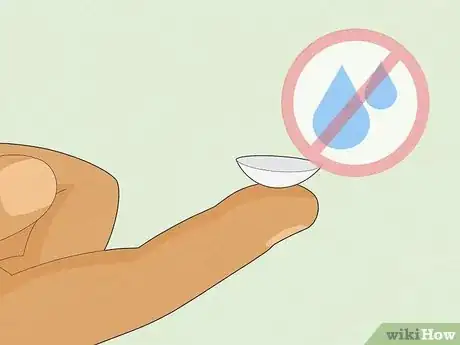
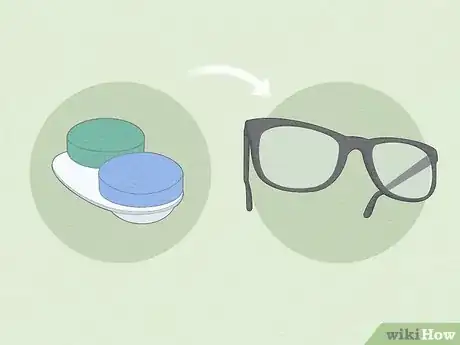
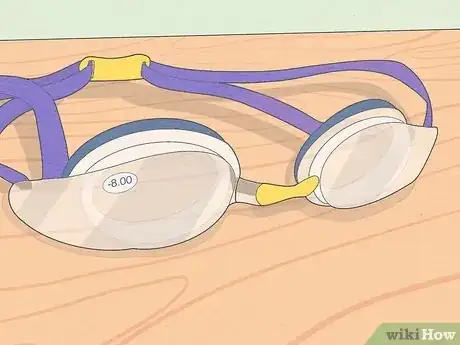
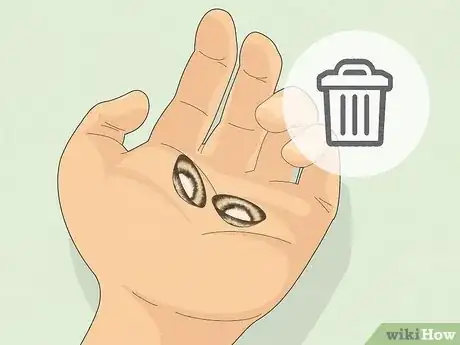
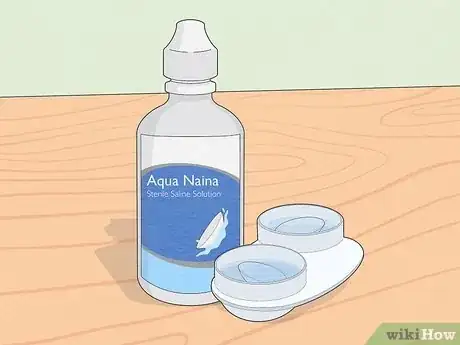
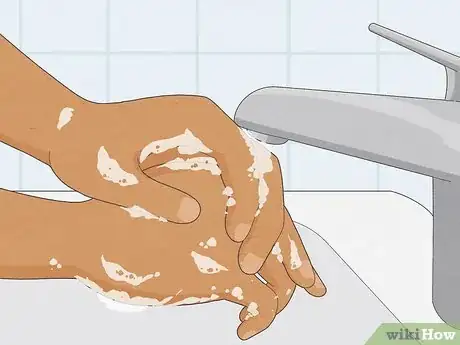
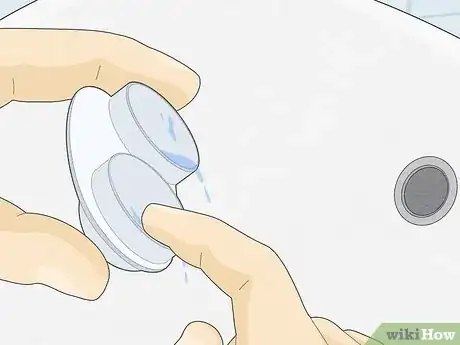
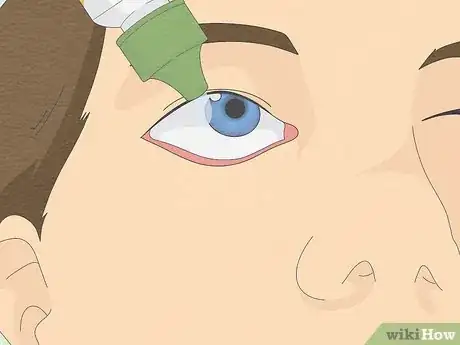
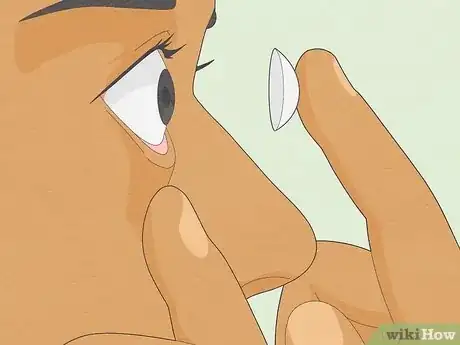
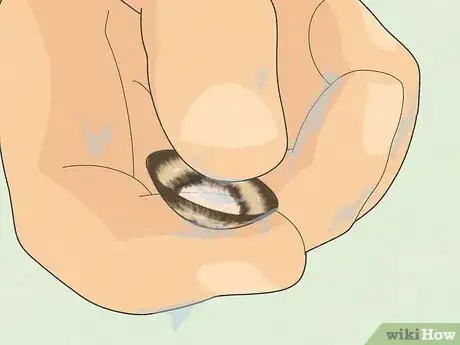
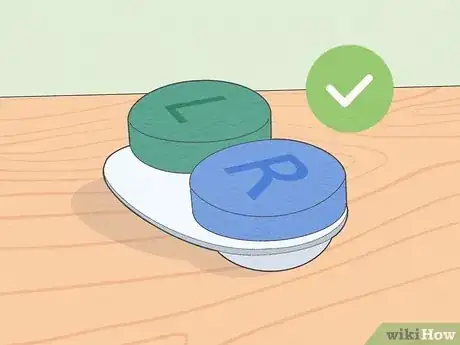
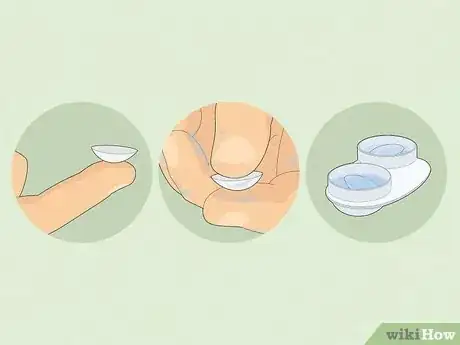
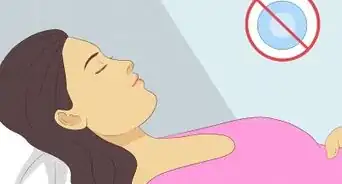
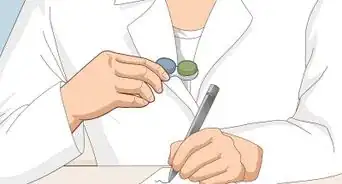
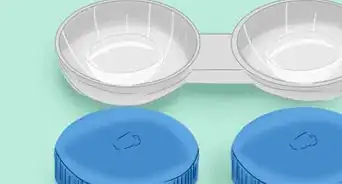
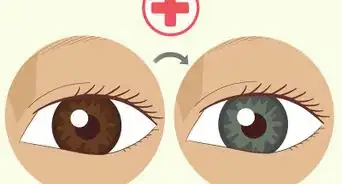
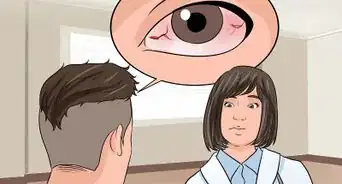
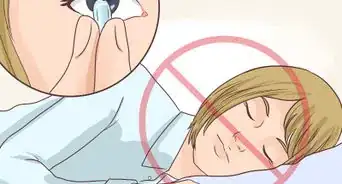
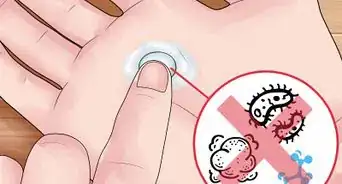
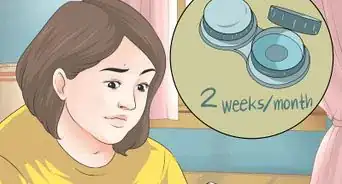
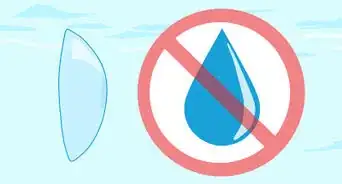
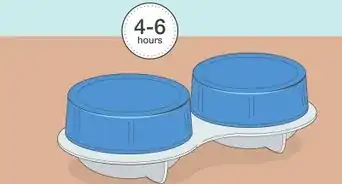
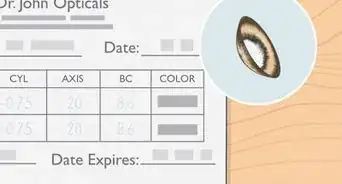
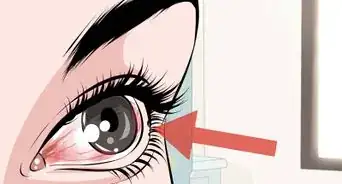
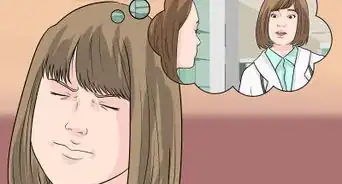







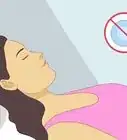
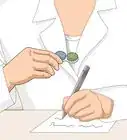
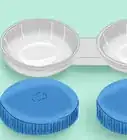
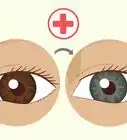



































Medical Disclaimer
The content of this article is not intended to be a substitute for professional medical advice, examination, diagnosis, or treatment. You should always contact your doctor or other qualified healthcare professional before starting, changing, or stopping any kind of health treatment.
Read More...